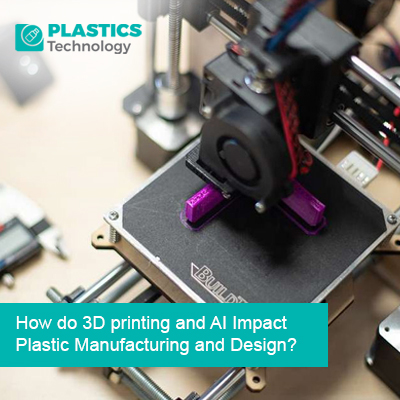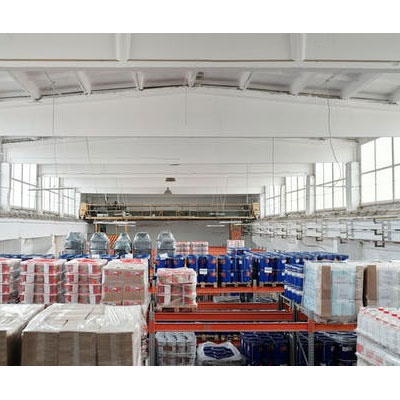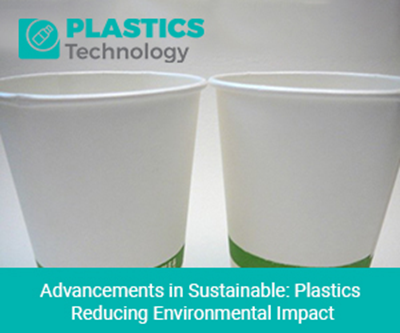How do 3D Printing and AI Impact Plastic Manufacturing and Design?

In recent years, the convergence of 3D printing and artificial intelligence (AI) has sparked a revolution in the plastic manufacturing and design industries. This synergy brings forth unprecedented capabilities, transforming traditional approaches and opening doors to new possibilities. In this comprehensive exploration, we delve into the profound impact of 3D printing and AI on plastic manufacturing and design, unraveling the advancements, challenges, applications, and future prospects of this dynamic duo.
Advancements in 3D Printing Technology
3D printing, also known as additive manufacturing, has evolved from a niche technology to a mainstream manufacturing method with diverse applications across industries. One of its key advantages lies in its ability to create complex geometries and customized designs that traditional manufacturing methods struggle to achieve. This versatility has made 3D printing a game-changer in plastic manufacturing, enabling the production of intricate components, prototypes, and end-use products with unparalleled precision and efficiency.
The Role of Artificial Intelligence in Plastic Design
On the other hand, artificial intelligence has emerged as a driving force behind innovation in plastic design. AI algorithms can analyze vast amounts of data, optimize designs for performance and manufacturability, and predict material behaviors with remarkable accuracy. This integration of AI into the design process enhances creativity, speeds up iterations, and ensures the viability of designs before they enter production.
Optimizing Material Selection and Performance
One of the significant impacts of combining 3D printing and AI is the optimization of material selection and performance. AI algorithms can evaluate material properties, environmental factors, and design requirements to recommend the most suitable materials for specific applications. This not only enhances product durability and functionality but also contributes to sustainability by reducing material waste and energy consumption.
Enhanced Design Flexibility and Iterative Prototyping
The fusion of 3D printing and AI offers designers unprecedented flexibility and agility in the prototyping phase. Iterative design processes are streamlined as AI algorithms analyze feedback from prototypes, identify areas for improvement, and automatically generate optimized design iterations. This rapid iteration cycle accelerates product development timelines and fosters innovation by encouraging experimentation and exploration of new design concepts.
Predictive Maintenance and Quality Control
In the realm of plastic manufacturing, AI-powered predictive maintenance systems have become instrumental in optimizing production workflows and ensuring product quality. By monitoring equipment performance in real time, detecting anomalies, and predicting maintenance needs, AI helps prevent costly downtime and production delays. Moreover, AI-driven quality control processes enhance product consistency and reliability, meeting stringent industry standards and customer expectations.
Customization and Personalization in Mass Production
3D printing coupled with AI enables mass customization and personalized manufacturing at scale. By leveraging AI-driven design tools and 3D printing technologies, manufacturers can create unique, tailor-made products for individual customers or niche markets without compromising on production efficiency. This level of customization not only enhances customer satisfaction but also opens up new business opportunities in diverse sectors, from healthcare to consumer goods.
Challenges and Considerations
Despite the transformative potential of 3D printing and AI in plastic manufacturing and design, several challenges and considerations need to be addressed. These include optimizing printing speed and scalability, ensuring material compatibility and quality consistency, addressing cybersecurity risks in AI-driven systems, and navigating regulatory frameworks governing additive manufacturing and AI applications in industry.
Future Prospects and Emerging Trends
Looking ahead, the synergy between 3D printing and AI is poised to drive further innovations in plastic manufacturing and design. Emerging trends such as generative design, bio-inspired materials, decentralized manufacturing networks, and AI-driven supply chain optimization are reshaping the industry landscape. Additionally, advancements in materials science, robotics, and digital twin technologies are fueling continuous evolution and pushing the boundaries of what's possible in the realm of plastic manufacturing and design.
Conclusion
In conclusion, the integration of 3D printing and AI represents a paradigm shift in plastic manufacturing and design, unlocking unprecedented levels of customization, efficiency, and innovation. By harnessing the power of these technologies, manufacturers can optimize production processes, create sustainable solutions, and meet evolving market demands with agility and creativity. As we embrace this era of digital transformation, the fusion of 3D printing and AI will continue to redefine the future of plastic manufacturing and design, shaping a more resilient, adaptive, and interconnected industry ecosystem.




